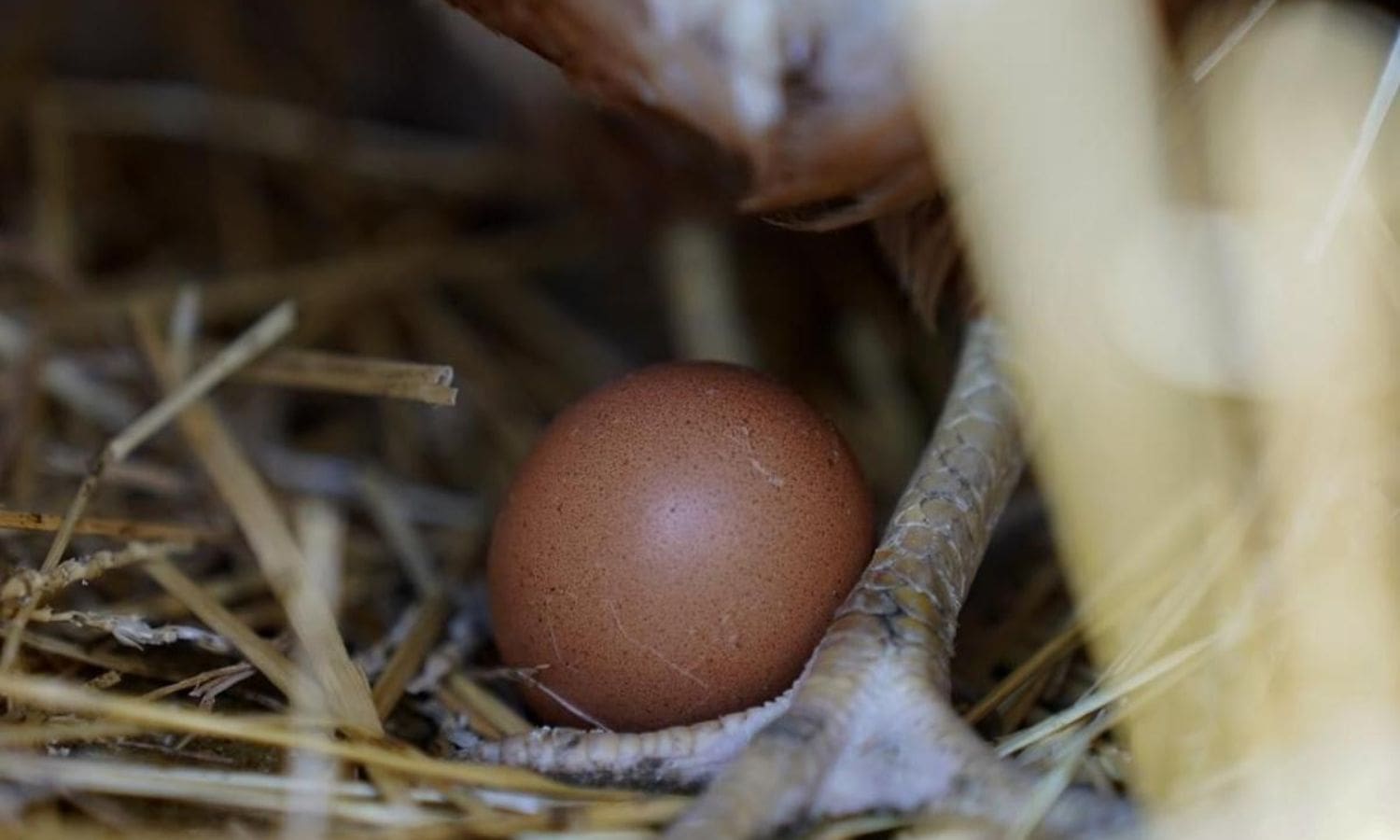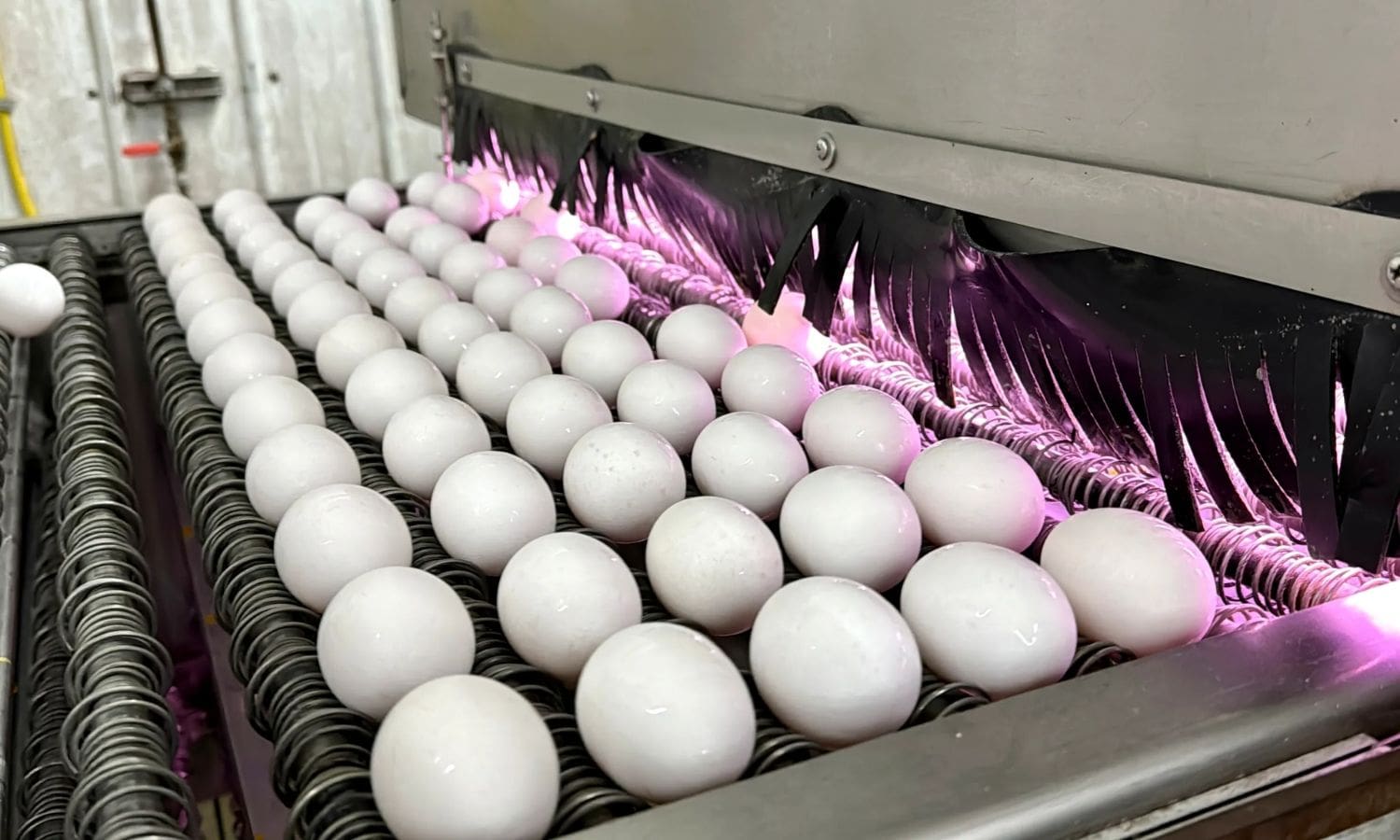Avian Flu Creates Crisis in California Egg Basket: In the heartland of California’s Central Valley, where miles of lush farmland stretch as far as the eye can see, a crisis is unfolding. Severe outbreaks of avian influenza have struck the region’s poultry farms, wreaking havoc on the delicate balance of the state’s thriving egg industry.
The contagious nature of this highly pathogenic virus has sent shockwaves throughout the nation, with dire economic consequences and a chilling reminder of the global threat posed by such outbreaks. Concerns mount for both commercial operations and backyard flocks, as the industry precautions are being scrutinized and the connection between avian flu and climate change is being closely examined.
The resilience of California’s ‘egg basket’ hangs in the balance, and the implications of this crisis are far-reaching.
Key Takeaways Of Avian Flu Creates Crisis in California Egg Basket
- Severe avian influenza outbreak in California’s Central Valley has resulted in over 1 million birds being culled in Sonoma and Merced Counties.
- The outbreak has had a major impact on the ‘Egg Basket’ region, including Sonoma County, with numerous commercial farms affected by the virus.
- Avian influenza spreads through migratory birds like ducks and geese, with the virus being transmitted through droppings and nasal discharges.
- The avian flu outbreak has had nationwide economic consequences, with 82 million birds culled across 47 U.S. states, leading to a significant impact on the supply of eggs in the market and a sharp increase in egg prices.


Severe Avian Influenza Outbreak Hits California Poultry Farms
California’s poultry farms are currently facing a severe outbreak of highly pathogenic avian influenza, causing significant economic distress and necessitating the culling of over 1 million birds in Sonoma and Merced Counties alone.
This outbreak, unlike the previous one that affected the Midwest, has struck the heart of California’s poultry industry, known as the ‘Egg Basket’. Sonoma County, a major poultry producer, has seen nearly a dozen commercial farms affected by the virus in the past two months. To contain the spread, these farms have had to cull a staggering number of birds, leading to substantial economic repercussions for farmers, workers, and consumers alike.
Additionally, Merced County has also witnessed outbreaks at large commercial egg-producing farms recently, exacerbating the crisis. The severity and scale of this avian flu outbreak have significantly impacted California’s poultry industry.
Contagious Nature and Spread of Avian Influenza
The highly contagious avian influenza, which spreads through migratory birds such as ducks and geese, poses a significant threat to poultry farms and has prompted the implementation of stringent biosecurity measures.
Migratory waterfowl, carrying the virus without showing symptoms, transmit the avian influenza to chicken and turkey farms as well as backyard flocks through droppings and nasal discharges. This means that even farms that have taken precautions can still be at risk.
In response, California poultry farms are taking action by enhancing their biosecurity protocols. State Veterinarian Annette Jones has advised farmers to keep their flocks indoors until June to minimize the risk of exposure.
These measures are crucial in preventing the further spread of avian influenza and safeguarding the poultry industry in California’s ‘Egg Basket’.
Nationwide Impact and Economic Consequences
The avian flu outbreak in the United States has had far-reaching consequences, impacting both the poultry industry and the economy as a whole.
With nearly 82 million birds culled across 47 U.S. states, the outbreak has significantly affected the supply of eggs in the market. As a result, egg prices have experienced a sharp increase, reaching a peak of $4.82 per dozen in January 2023. This spike in prices has had a nationwide impact, with consumers in the San Francisco Bay Area particularly affected during the holiday season.
However, efforts were made to seek alternative suppliers outside the region to meet the demand.
The economic consequences of the avian flu outbreak are still unfolding, with potential long-term effects on both the poultry industry and the broader economy.


Global Threat and Climate Change Connection
The avian flu outbreak in the United States has not only had significant impacts on the poultry industry and the economy as a whole, but it has also highlighted the global threat posed by the virus and its connection to climate change.
Experts warn that the avian flu virus is now present on every continent except Australia, making it a truly global concern. The increased risk of outbreaks is attributed to climate change, as shifting weather patterns disrupt the migratory patterns of wild birds.
In California, for example, exceptional rainfall has created new waterfowl habitats close to poultry farms, increasing the likelihood of transmission. This connection between global threat and climate change underscores the urgent need for proactive measures to mitigate the spread of avian flu and address the underlying environmental factors driving its emergence.
Concerns for Backyard Flocks and Industry Precautions
Concerns surrounding backyard flocks and the implementation of industry precautions have become paramount in the face of the avian flu crisis in California’s ‘Egg Basket’. The outbreak has already affected over 7 million chickens in both commercial and backyard flocks.
One of the main concerns is the potential for the avian flu virus to spread from backyard chickens to commercial farms. This is because wild birds, which carry the virus, can come into contact with backyard flocks.
To prevent the spread of the virus, researchers advise owners of backyard chickens to take precautions. These include wearing clean clothes and shoes when interacting with the flock, as well as regularly testing for avian flu if an unusual number of chickens die.
It is crucial for both backyard flock owners and the industry to be vigilant and take necessary precautions to contain the avian flu crisis.


Conclusion Of Avian Flu Creates Crisis in California Egg Basket
The severe outbreak of avian influenza in California’s ‘egg basket’ has had a devastating impact on poultry farms, with far-reaching economic consequences both nationally and globally.
The contagious nature of this virus and its potential connection to climate change pose a significant threat to the poultry industry.
It is crucial for both backyard flocks and the industry as a whole to take necessary precautions to prevent further spread of the disease and mitigate its effects.
Our Reader’s Queries
Q1. What is the avian influenza virus in poultry?
A. Avian influenza, commonly known as “bird flu,” is a respiratory ailment affecting birds, triggered by influenza A viruses. Wild bird species, including ducks, gulls, and shorebirds, can act as carriers, spreading these viruses without exhibiting any visible signs of illness. Notably, domestic poultry like chickens, turkeys, ducks, and geese are susceptible to avian influenza, and it has the potential to be fatal among them.
Q2. What does avian flu do to humans?
A. Human illnesses resulting from bird flu virus infections vary widely in severity, ranging from no symptoms or mild illness, such as eye infection or upper respiratory symptoms, to more severe cases, including pneumonia, that have unfortunately led to fatalities.
Q3. Can you get avian flu from eating chicken?
A. The bird flu virus can be transmitted through bird droppings and saliva present on surfaces like cages, tractors, and various farm equipment. It’s important to note that for the majority of individuals, the risk of contracting the bird flu virus is minimal. Consuming fully cooked chicken, turkey, or duck is considered safe, as the virus is effectively killed by heat during the cooking process.
Q4. Has a human died from avian influenza?
A. From January 1, 2003, to November 1, 2023, a total of 880 cases of human infection with avian influenza A(H5N1) virus have been reported globally across 23 countries. Among these cases, 460 resulted in fatalities, reflecting a Case Fatality Rate (CFR) of 52% (Source).
Q5. How long does avian flu last?
A. The average incubation period for bird flu H5N1 is reported to be between two to five days, with a potential duration of up to 17 days (3). In the case of H7N9, the average incubation period extends to five days and can last up to 10 days (3). Notably, both viruses exhibit a longer incubation time compared to seasonal influenza.

